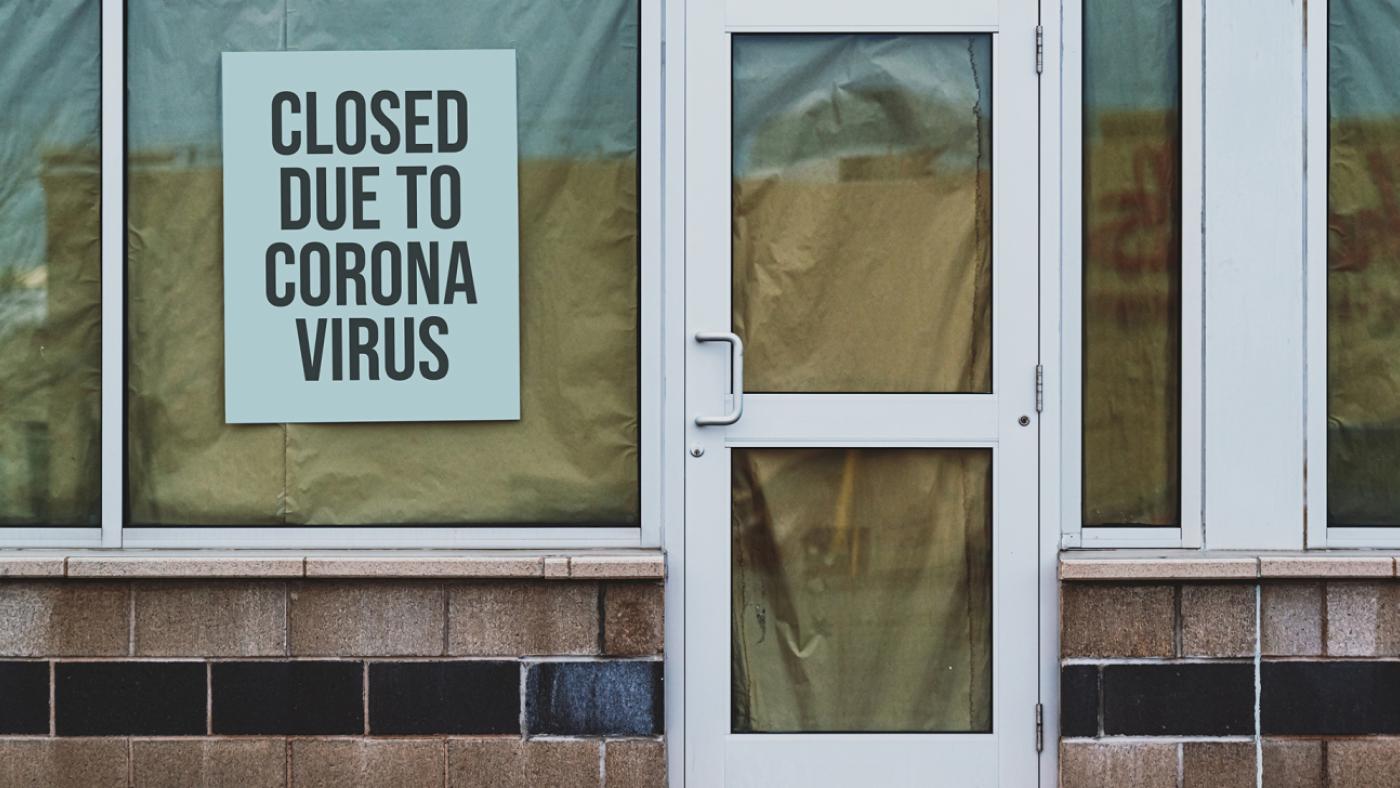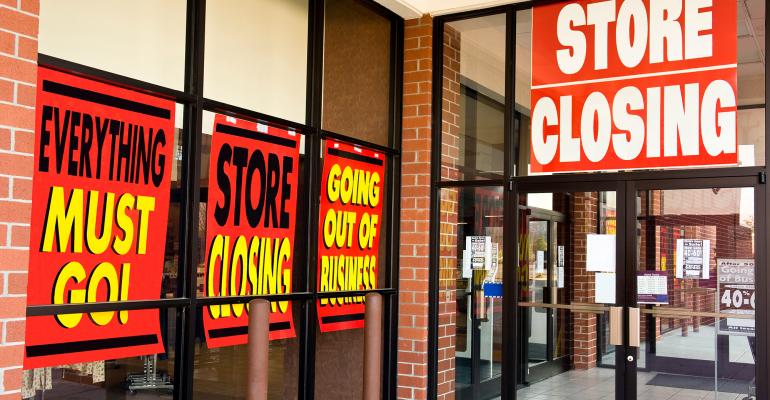On the retail leasing front, sentiment has not surprisingly taken a nosedive compared to previous outlooks.
Only one-third of respondents estimated that occupancy rates at retail properties in their region were above 90 percent. In the five previous surveys, typically more than 55 percent of respondents said occupancy rates were north of 90 percent. Instead, 46.8 percent estimated occupancy rates to be between 80 percent and 89 percent and another 13.9 percent said they were between 70 percent and 79 percent.
And the consensus is that things will get worse.
Nearly half of respondents—54.3 percent—anticipate retail occupancy rates to fall in their regions. It’s the first time in the six years conducting the survey that readers say they are anticipating a decline in occupancy rates. In contrast, 29.9 percent of respondents think occupancies will rise, while another 15.74 percent expect them to remain flat.
Sentiment also shifted dramatically on rents. In all, 61.0 percent said they expected a fall in rents in their region (up from 21.4 percent in 2019), while only 15.5 percent said rents would rise (down from 48.1 percent in 2019). In addition, 23.5 percent said there would be no change in rents over the next 12 months.
The broader suffering in the sector has also raised concerns about overdevelopment. In all, 30.7 percent of respondents said there is “too much” development occurring—the highest level we’ve seen in the six years conducting the survey. Only 11.7 percent said there was “too little” development. Meanwhile, 38.5 percent characterized the level of development as “the right amount” and 19.0 percent said they weren’t sure—an unusually high figure for uncertainty compared with our previous findings.


